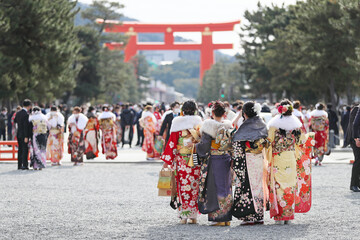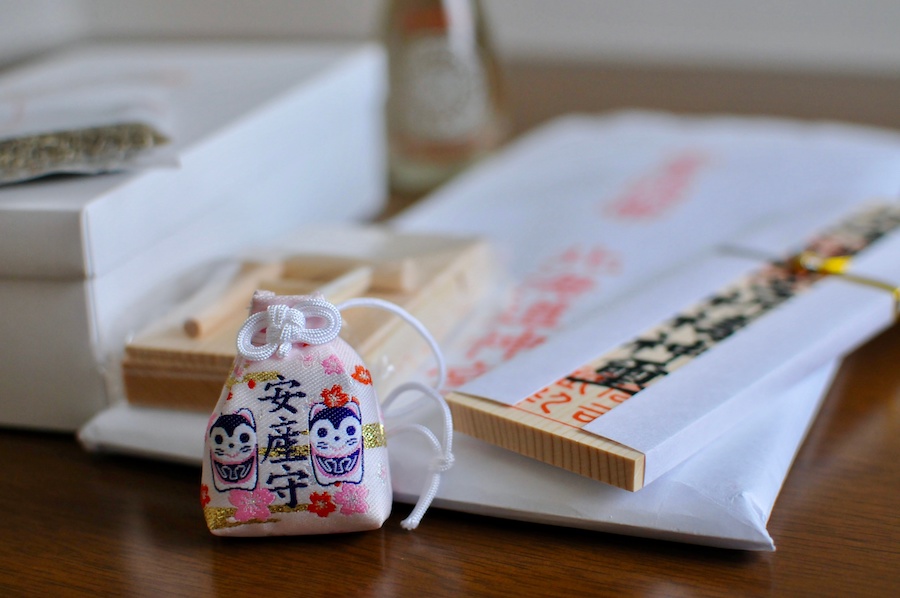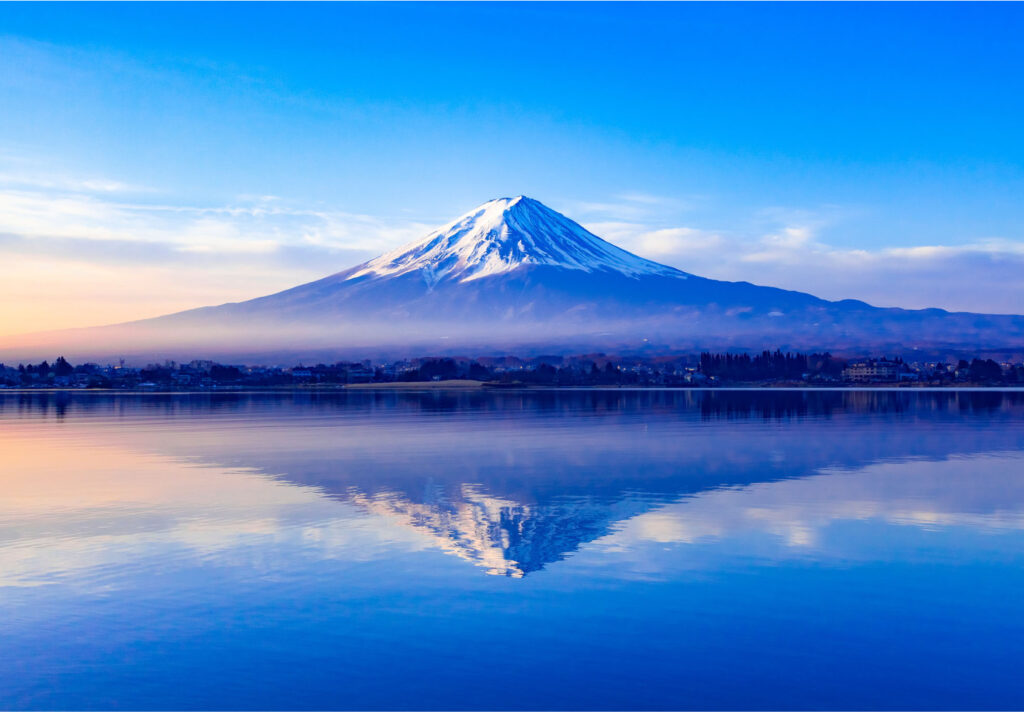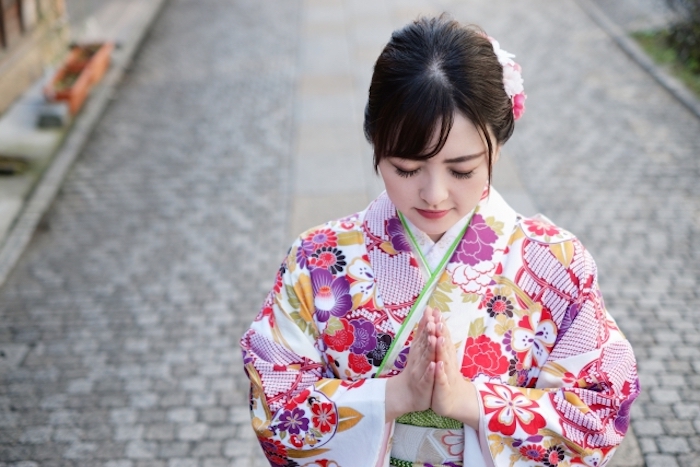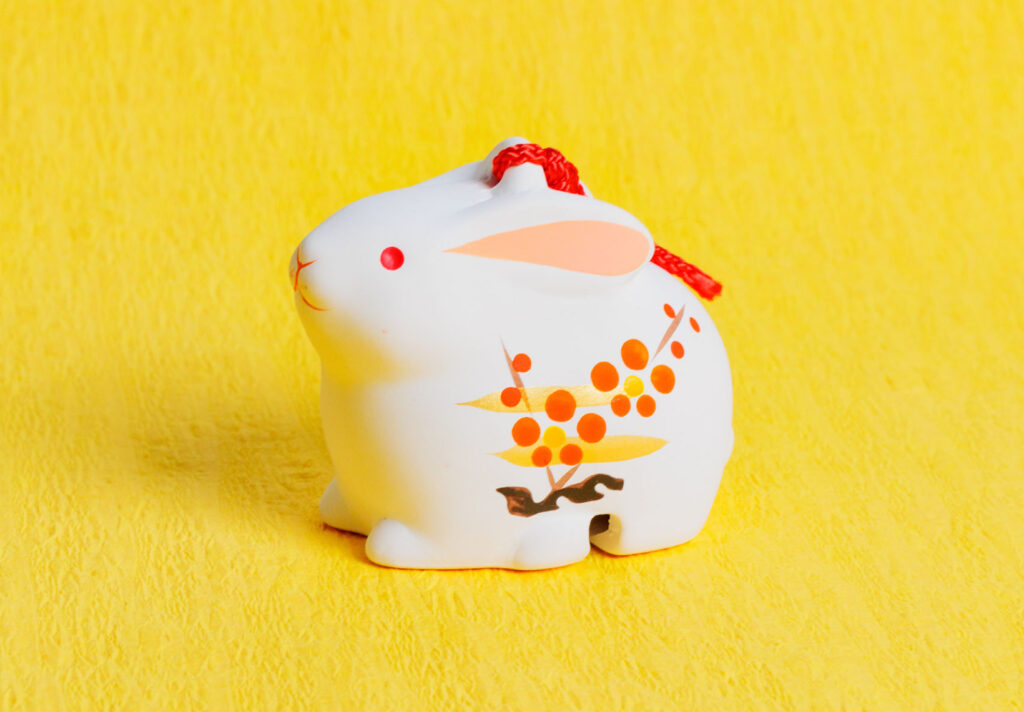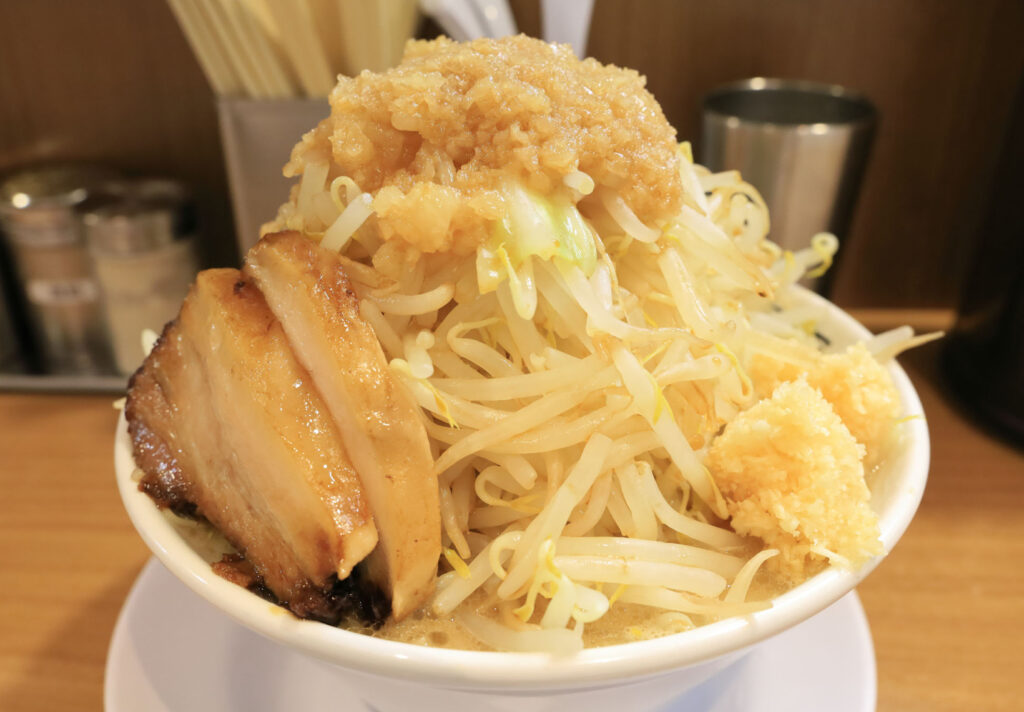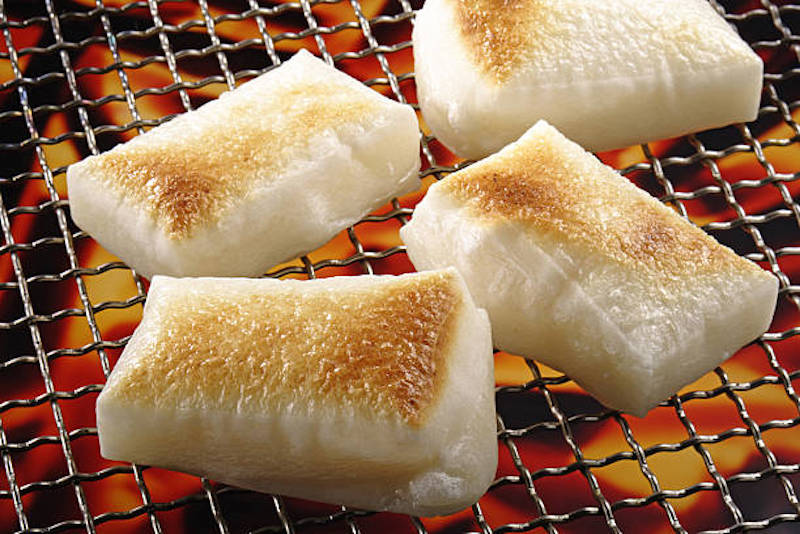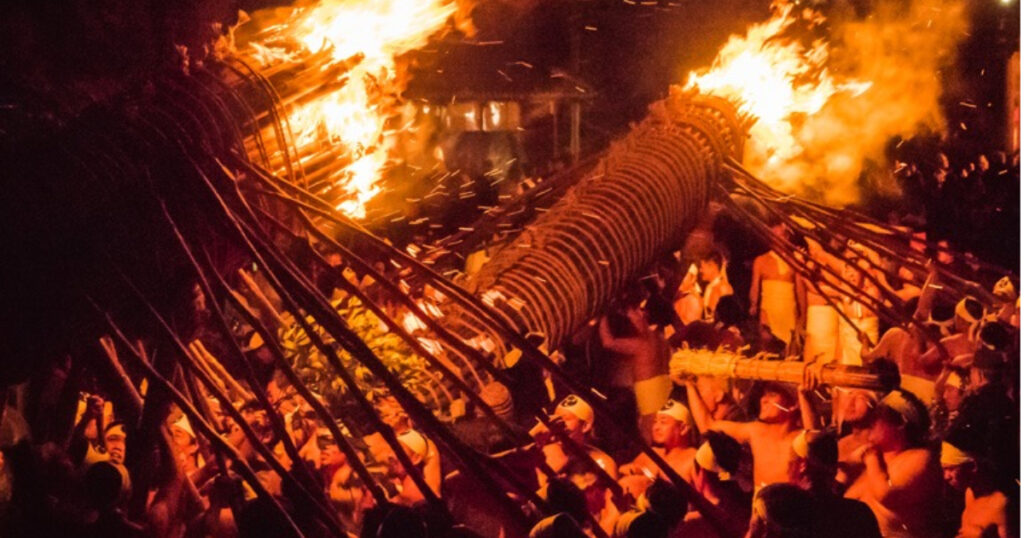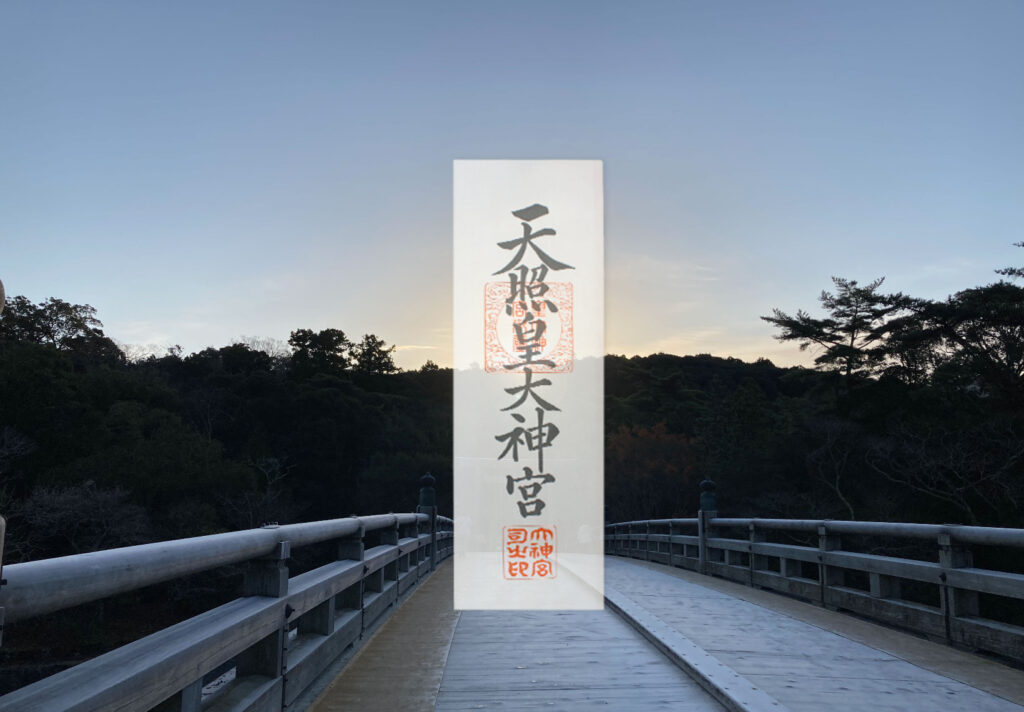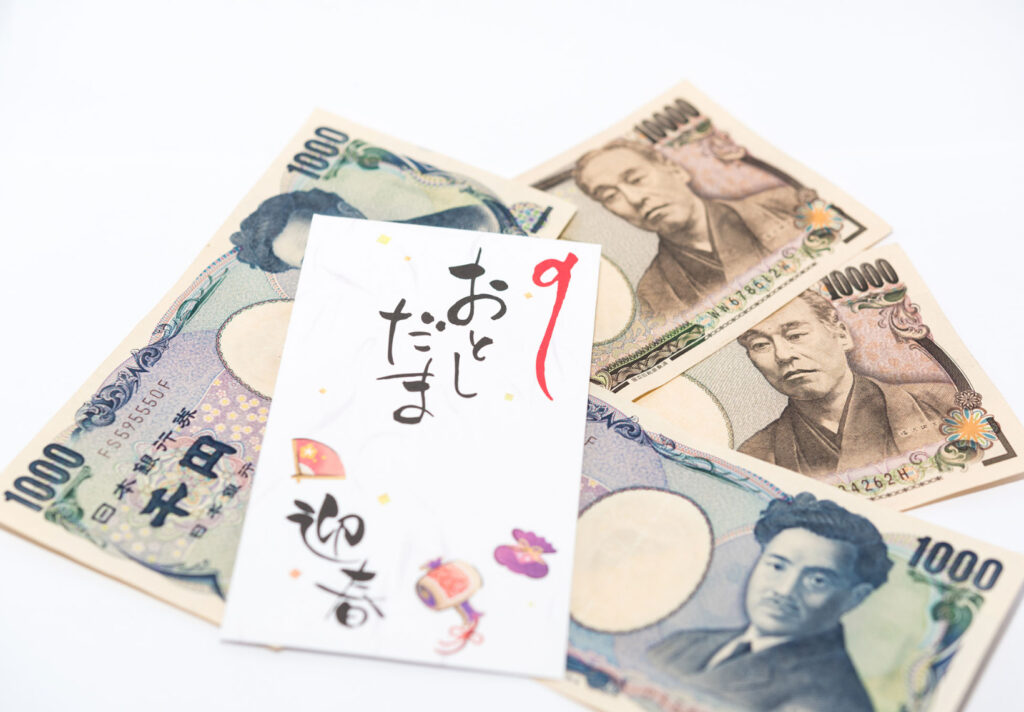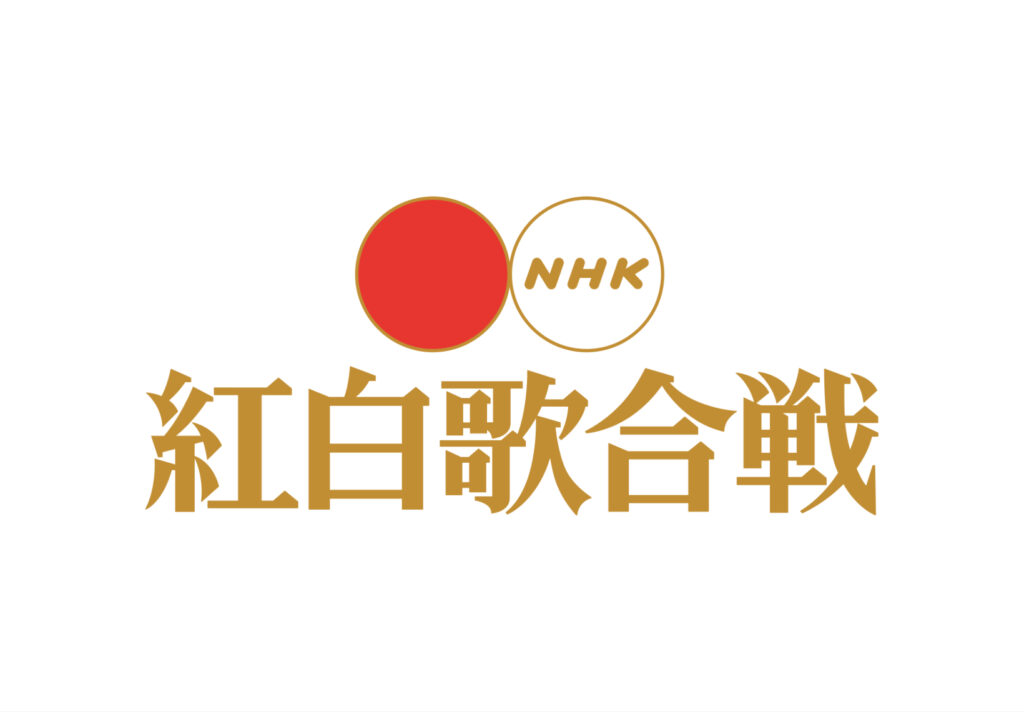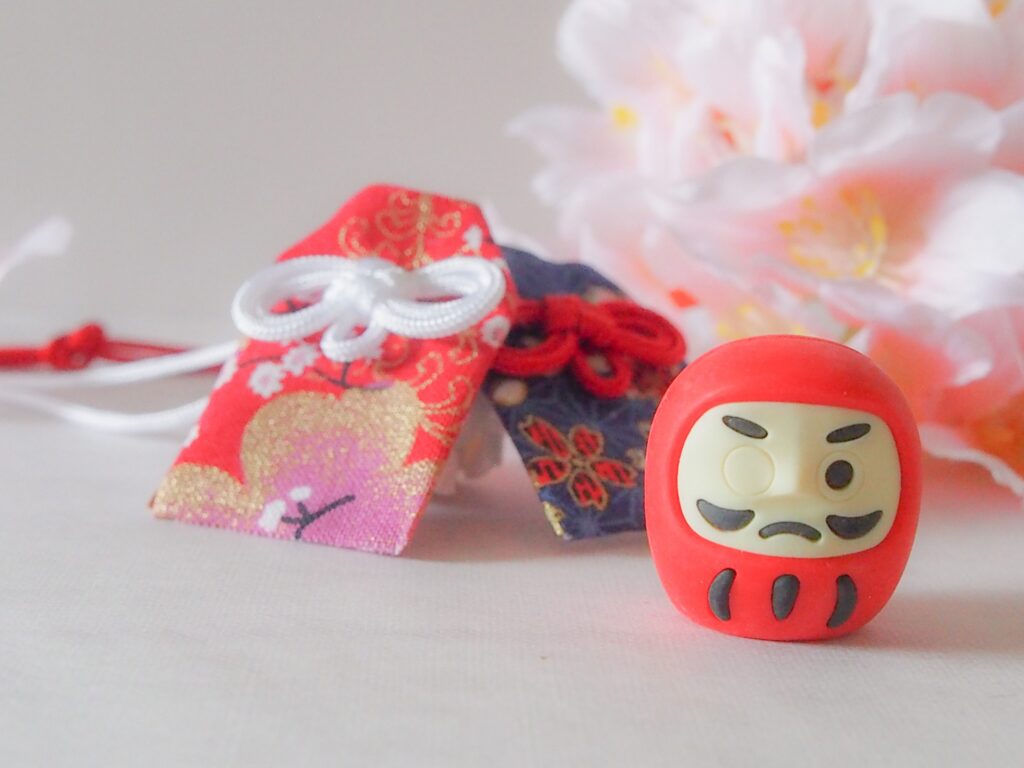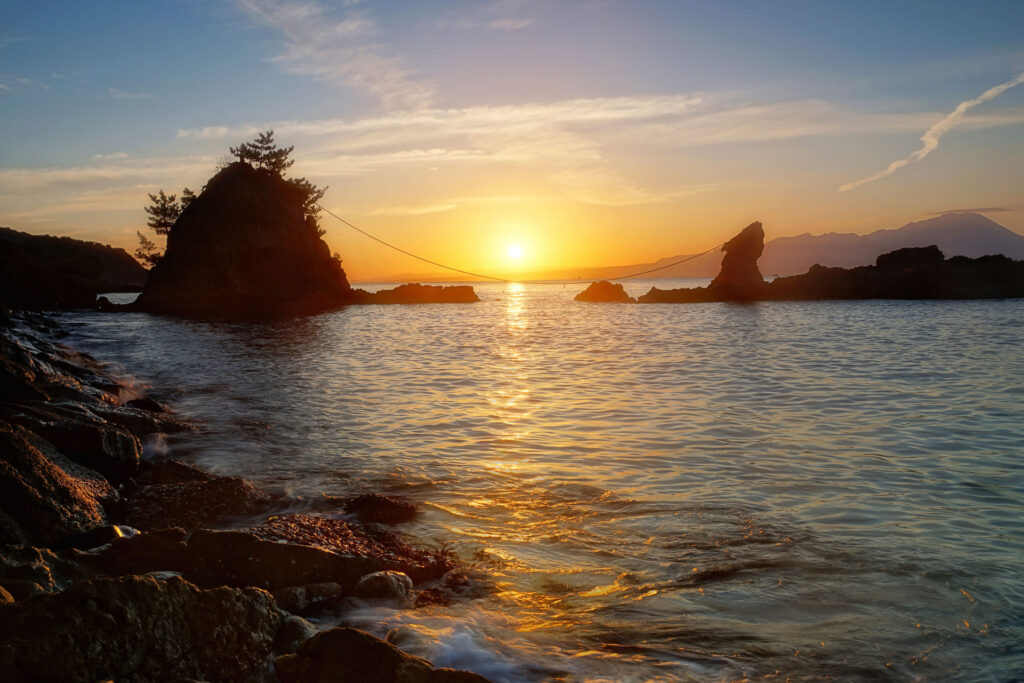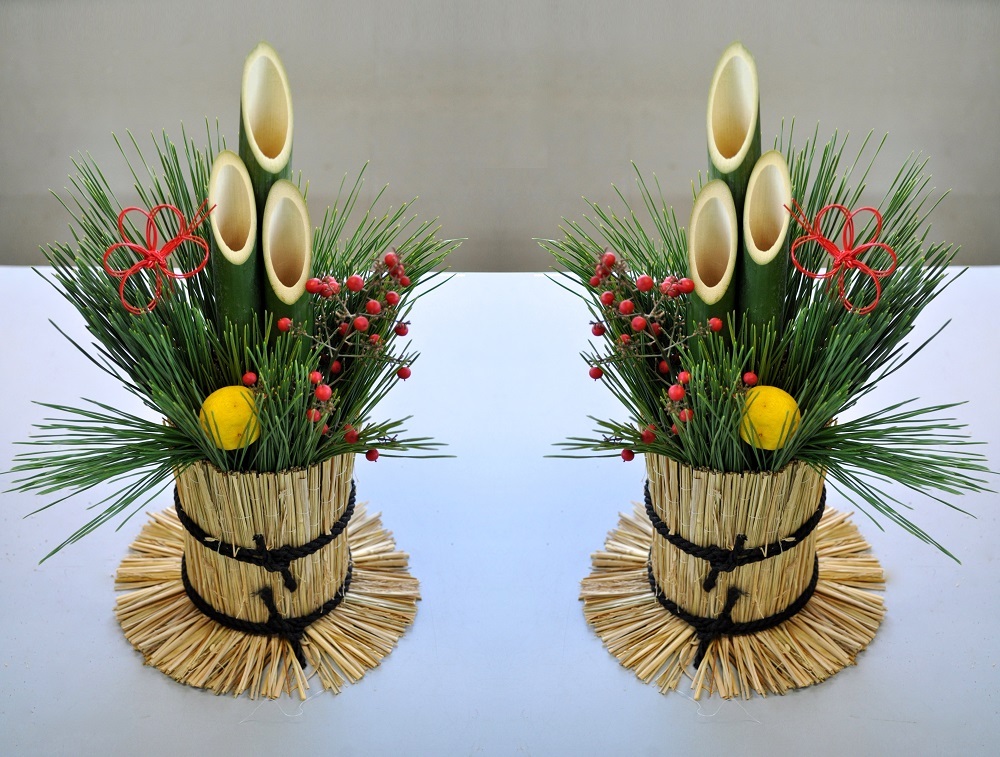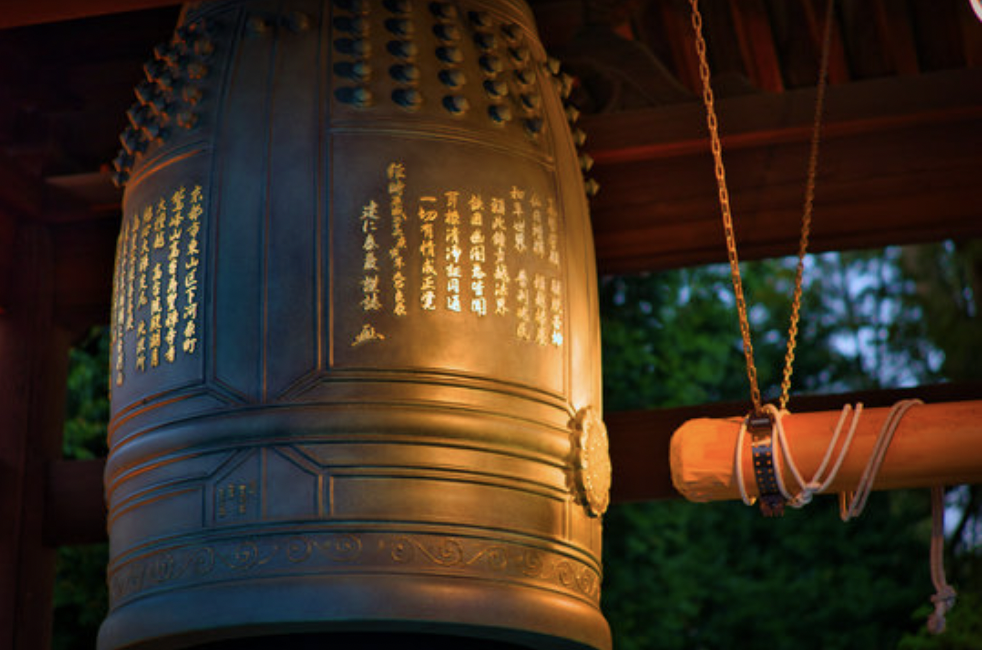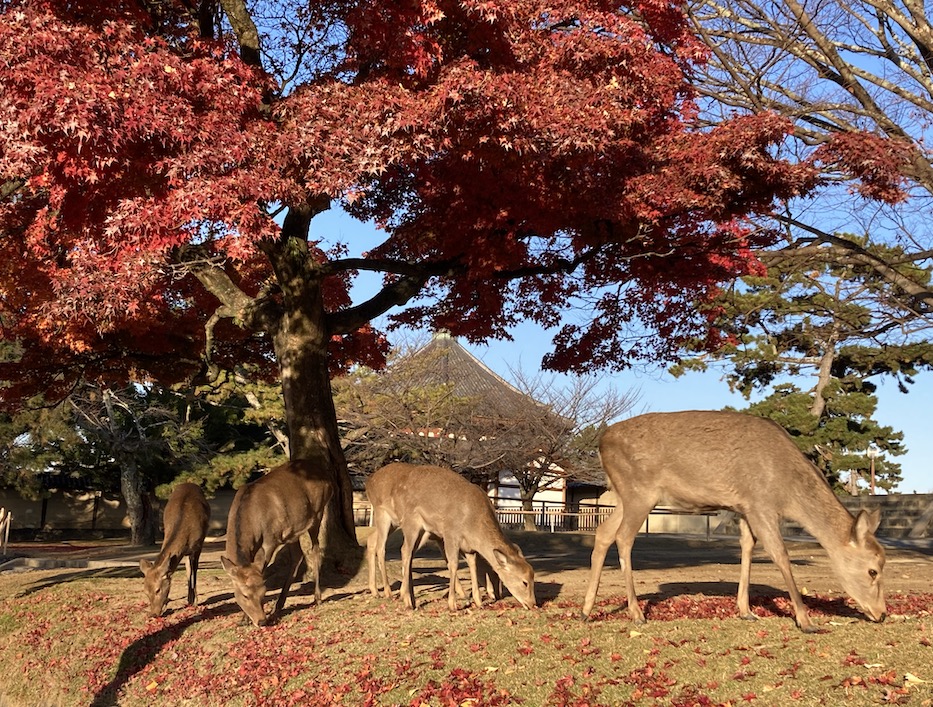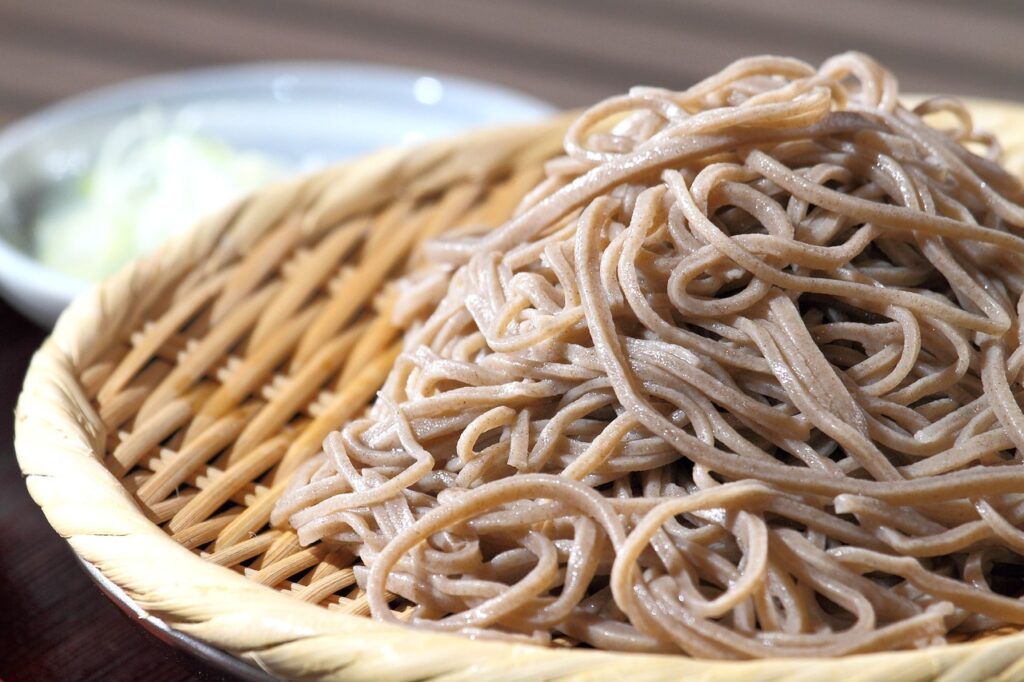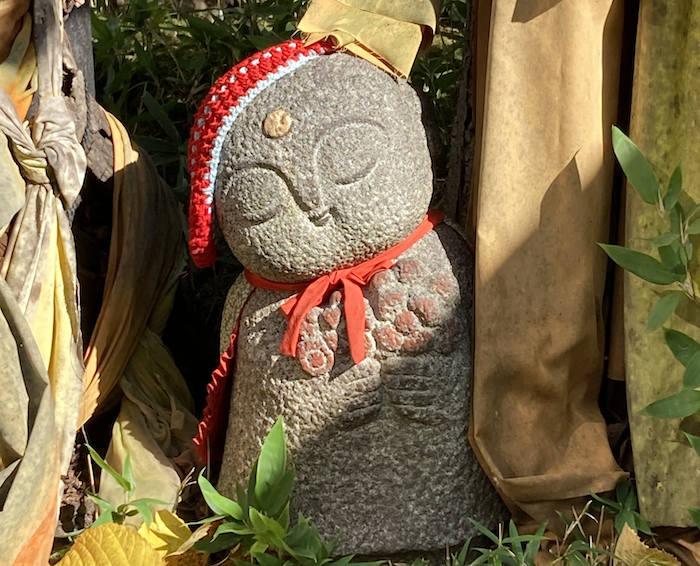Get to know Japan– category –
-

Seijin-Shiki: Coming-of-Age Ceremony and the day when the Largest Number of People wear Kimonos in a year
In Japan, on the second Sunday or Monday of January, ceremonies are held throughout the country to celebrate young people turning 20. Many women will wear Fu... -

The average life expectancy in Japan is 84.3 years. How about your country?
The country with the longest life expectancy is Japan. Average life expectancy in Japan is 84.3 years (82 years for men and 88 years for women). This data is... -

Omamori: Japanese Good Luck Charms, How to dispose of old, expired, or no longer needed charms
How long can you keep good luck charms that you got from shrines and temples in Japan or as souvenirs? Do they have an expiration date? Is there a specific w... -

How to view Japan’s sacred Mt. Fuji from overseas via live camera
Fuji, the symbolic mountain of Japan. Fuji has been an object of faith for Japanese people since ancient times because of its beautiful shape and the fact th... -

Japanese seeking meaning in “first time in the year”
When the New Year arrives, "Hatsu - the first of the year" events are very popular in Japan. It was believed that the deity of the year would come to each ho... -

This year’s Japan’s zodiac signs is “Rabbit.
This year, 2023, we will see many illustrations and character goods of "Rabbit" in Japan. Until last year, it was "Tiger". Every year the featured animal cha... -

Various strange festivals in Japan that even Japanese people cannot understand
There are various traditional festivals throughout Japan that have been handed down from generation to generation. Among them, we have selected festivals tha... -

The most famous and most popular ramen restaurant in Japan is “Ramen Jiro”.
There are numerous ramen restaurants throughout Japan.And the types and flavors vary from region to region. ▼To learn more about ramen in different regions o... -

Mochi: How to Eat Rice Cakes Safely
Many choking accidents caused by rice cakes occur every January. It is clear that rice cakes are a food that can easily choke people, and alerts and reports ... -

Oniyo, one of Japan’s famous strange festivals and the largest fire festival
Various religious events are held during the Japanese New Year. The most popular of these, and the one with the largest number of participants, is the "Hatsu... -

The god named “Amaterasu” is the most powerful god in Japan!
There are many gods in Japan. From the gods of the ancient Japanese faith and Shintoism to those of Buddhist origin, the number is infinite. Although "gods" ... -

The deeper meaning and correct usage of “Itadakimasu
Almost all Japanese say "Itadakimasu" before eating. Some say it out loud, while others say it in their hearts. There are also those who have the custom of s... -

Japanese New Year’s Greetings and New Year’s Gifts – Proper Etiquette
New Year's Day is the most important annual event in Japan. It is the day to welcome the gods (ancestral deities) into the house, so it is necessary to compl... -

Hatsumode: Japan’s National New Year’s Event
Hatsumode is one of the world's largest religious events. A total of more than 90 million people visit temples and shrines from January 1 to 3 every year. 【... -

How to watch Japan’s most famous music program overseas
The Kohaku Uta Gassen, broadcast on NHK every December 31, is the most famous music event in Japan. 【What is the Kohaku Uta Gassen?】 The Kohaku Uta Gassen ... -

Relationships among Japanese Deities
Even a single shrine has many deities, and people make requests to each of them. Some people have several amulets. 【Don't the Shinto Deities fight with each... -

Hatsu-Hinode: Reasons Why Japanese Worship the Sun
The sunrise on January 1 is called "Hatsu-Hinode" in Japan, and is regarded as something special and very gratifying. On the morning of January 1, TV program... -

Kadomatsu: Japanese Traditional New Year’s Entrance Decoration that brings Happiness
In Japan, in late December, bamboo and pine trees are decorated in front of the entrances to shrines, office buildings, stores, and homes.This is a tradition... -

Joya no Kane: The Sound of Temple Bells Bringing Happiness
In Japan, there is a custom of ringing temple bells around the time when New Year's Eve turns into New Year's Day. It is called "Joya no Kane" (bell tolling ... -

Deer at Nara Park : Friendly Wild Animals Coexisting with Humans
Todaiji Temple and Nara Park, popular tourist destinations, are home to many friendly deer.It is said that Nara is the only place in the world where deer and... -

Toshikoshi Soba : Japanese Eat Soba for Good Luck on New Year’s Eve
In Japan, there is a custom of eating soba noodles on New Year's Eve. It is generally called "Toshikoshi Soba" (New Year's Eve Soba). Soba noodles can of cou... -

Ojizo-sama: Small Stone Statues in Japan Wearing Red Aprons
In Japan, small stone statues can be found everywhere at the foot of mountains, rivers, near fields, and along roads in residential areas, as well as in the ... -

The Reasons Why Raccoon (Tanuki) Figurines are at Entrances in Japan
In Japan, Tanuki ornaments are often seen decorating storefronts and house entrances.What is the meaning behind those raccoon dogs? 【Tanuki figurines specia... -

Reasons for December Cleaning in Japan
【Why do people in Japan clean in the freezing December?】 To welcome the Gods of the New Year in a good mood. Since ancient times, it has been believed in J...

